
Honest advice: Throw away these 4 toxic plastic items immediately before cancer "knocks on your door"
Low-Quality Plastic Products of Unknown Origin Pose Serious Health Risks
Plastic has become a familiar material in every household thanks to its convenience and low cost. From plastic bags and food wrap to bottles and containers, we use them daily without paying much attention to the hidden dangers.
However, not all plastics are safe. Below are four harmful types of plastic that you should pay special attention to in order to protect your family’s health.
1. Reusing Plastic Bottles – Convenient but Unsafe
Many people keep plastic bottles from mineral water or soft drinks and reuse them to store spices, rice, or grains. While this may seem economical and eco-friendly, it actually carries hidden risks.
Most of these bottles are made from PET plastic (symbol number 1), which is designed for single use only. Although some bottles clearly state “Do not reuse,” many people ignore this warning.
According to studies, after about 10 months of use, PET plastic can begin to release toxic substances, especially when exposed to high temperatures or acidic foods such as vinegar or fish sauce. For safety, avoid using these bottles for long-term food storage and never place them near heat sources or use them for hot liquids.
2. Plastic Food Wrap – Convenient but Must Choose Carefully
Plastic food wrap is a common household item that helps keep food fresh. However, not all wraps are safe, and improper use can be harmful.
Wrap made from PVC often contains plasticizers and cannot withstand high temperatures or oily foods. It is only suitable for covering vegetables and fruits. PE wrap is safer, but it should only be used for low-oil foods and never in the microwave.
If you need to wrap oily food or heat food, choose PMP wrap, which has better heat resistance. Still, regardless of the type, avoid direct contact with hot food or placing wrap in the oven.
3. Trendy Plastic Cups – Cute but Unsafe
Cute plastic cups heavily promoted on social media are currently a trend. However, not all of them are safe.
If the cup you buy has no plastic code at the bottom (usually numbers 1 to 7 inside the recycling triangle), it’s best to stop using it. In particular, cups made from PC plastic (number 7) can only withstand up to 80°C. When filled with hot liquids, they may release Bisphenol A (BPA), an endocrine disruptor that negatively impacts health.
4. Takeout Plastic Containers – Convenient but Not for Reuse
Plastic containers used for food delivery are typically intended for single use, but many people wash and reuse them. This practice carries risks since most are made from low-quality plastic that easily warps and leaches toxins when heated.
If the container has no recycling symbol or is made from PS plastic (number 6), you should not use it for hot food or in the microwave. For long-term food storage, switch to glass containers or safe plastics (numbers 2, 4, or 5).
While plastic is convenient, not all types are harmless. To safeguard your family’s health, you should:
– Prioritize using glass, ceramic, or stainless steel containers for hot or acidic foods.
– Always check the plastic code at the bottom of products before buying.
– Limit takeout food and cook at home to control meal quality.
Be a smart consumer to protect the health of yourself and your loved ones!
News in the same category

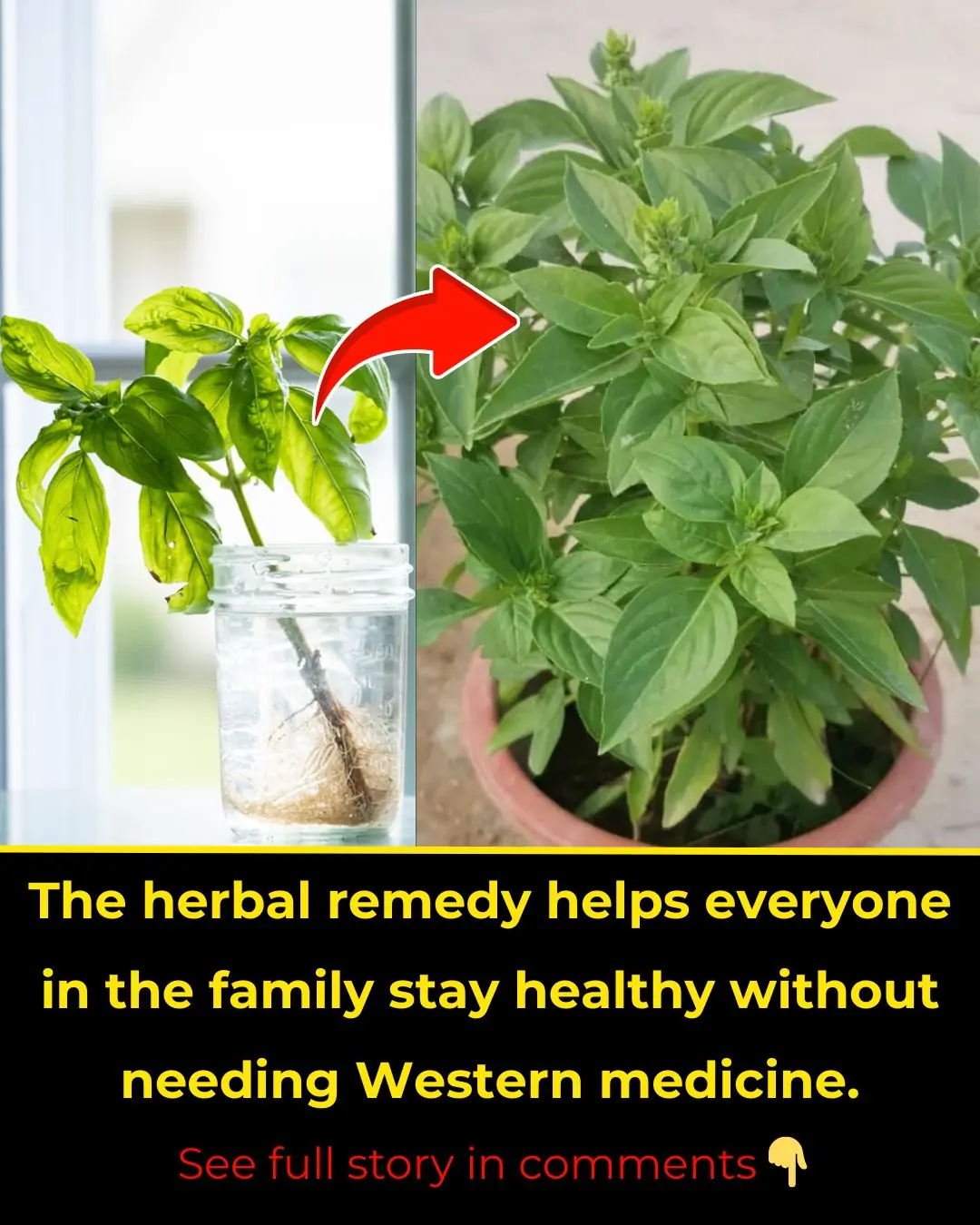
Herbs help prevent cancer, have 1 plant and the whole family will be healthy

6-year-old son just woke up having a stroke, the doctor emphasizes 4 signs parents need to understand to save their child
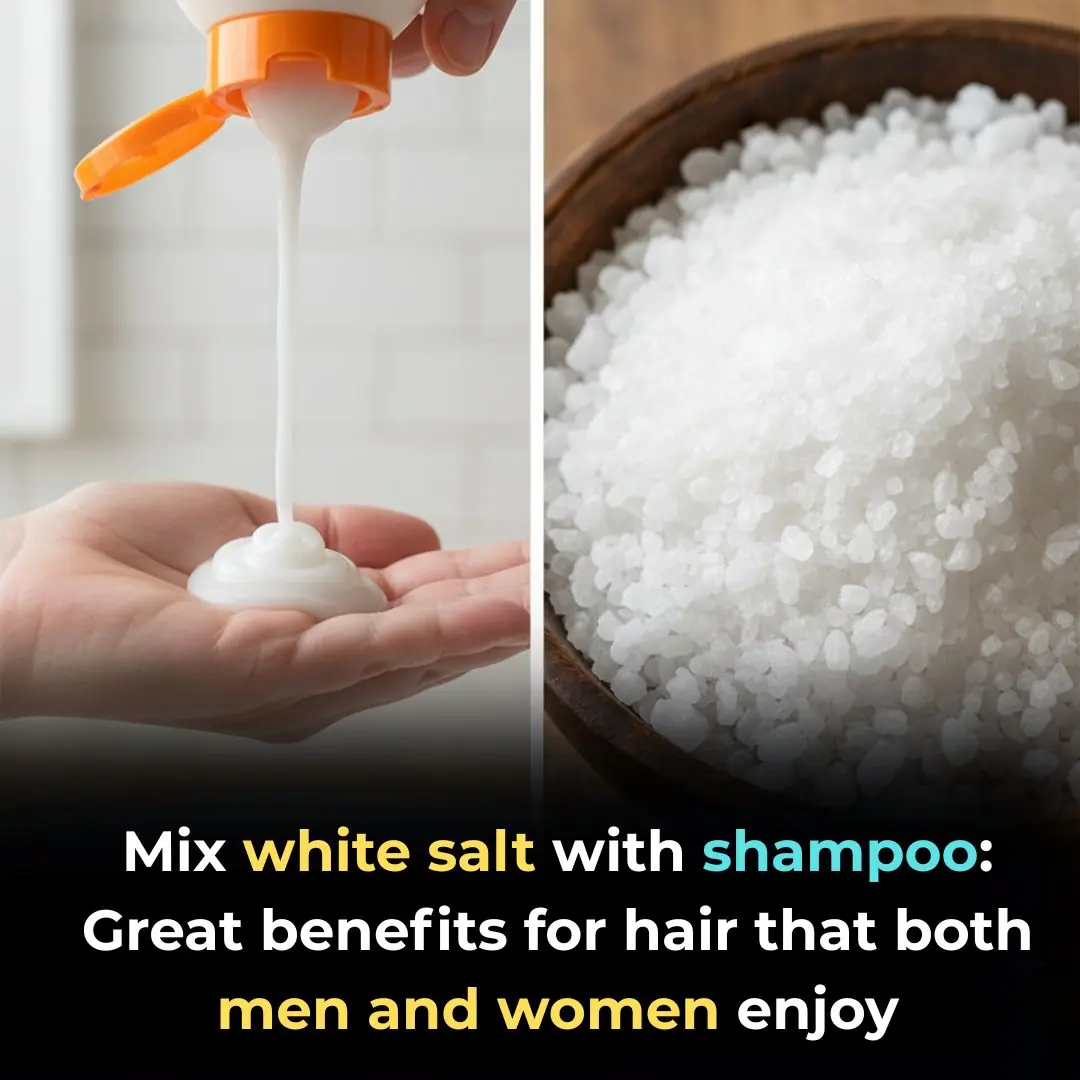
Mix white salt with shampoo: Great benefits for hair that both men and women enjoy

There are a lot of mosquitoes, put this bowl of water in the room, no matter how many mosquitoes there are, they will fly away and sleep well all night
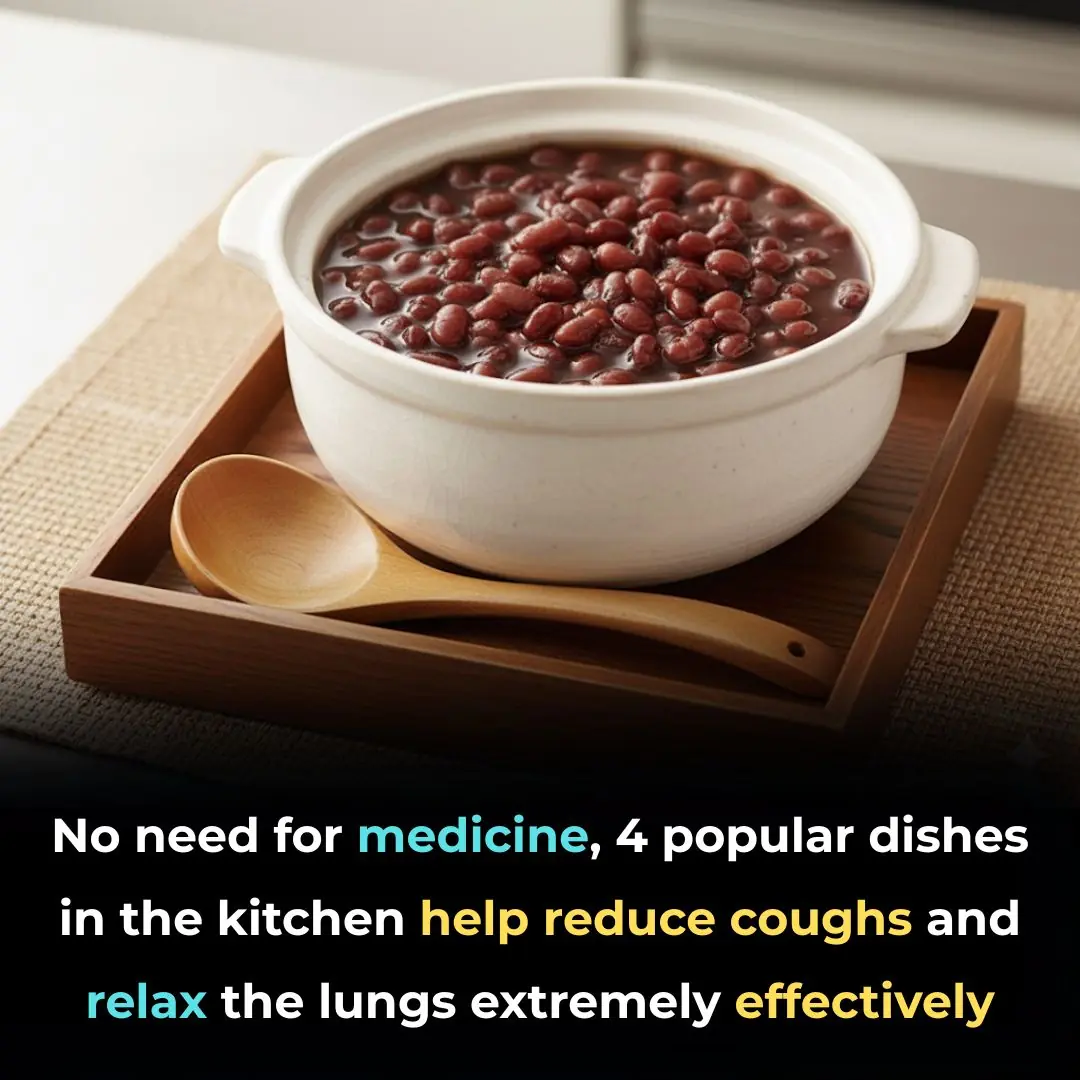
No need for medicine, 4 popular dishes in the kitchen help reduce coughs and relax the lungs extremely effectively
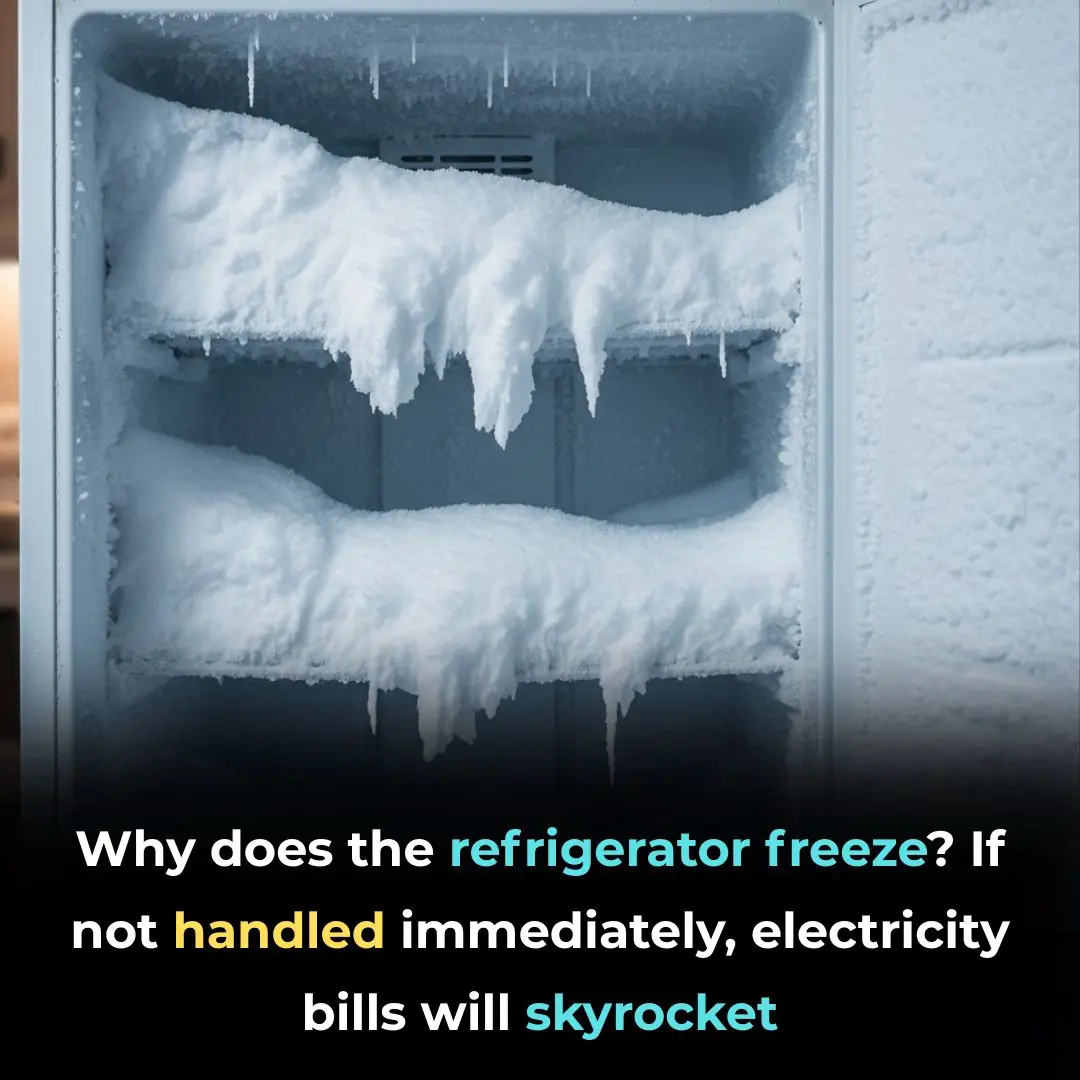
Why does the refrigerator freeze? If not handled immediately, electricity bills will skyrocket
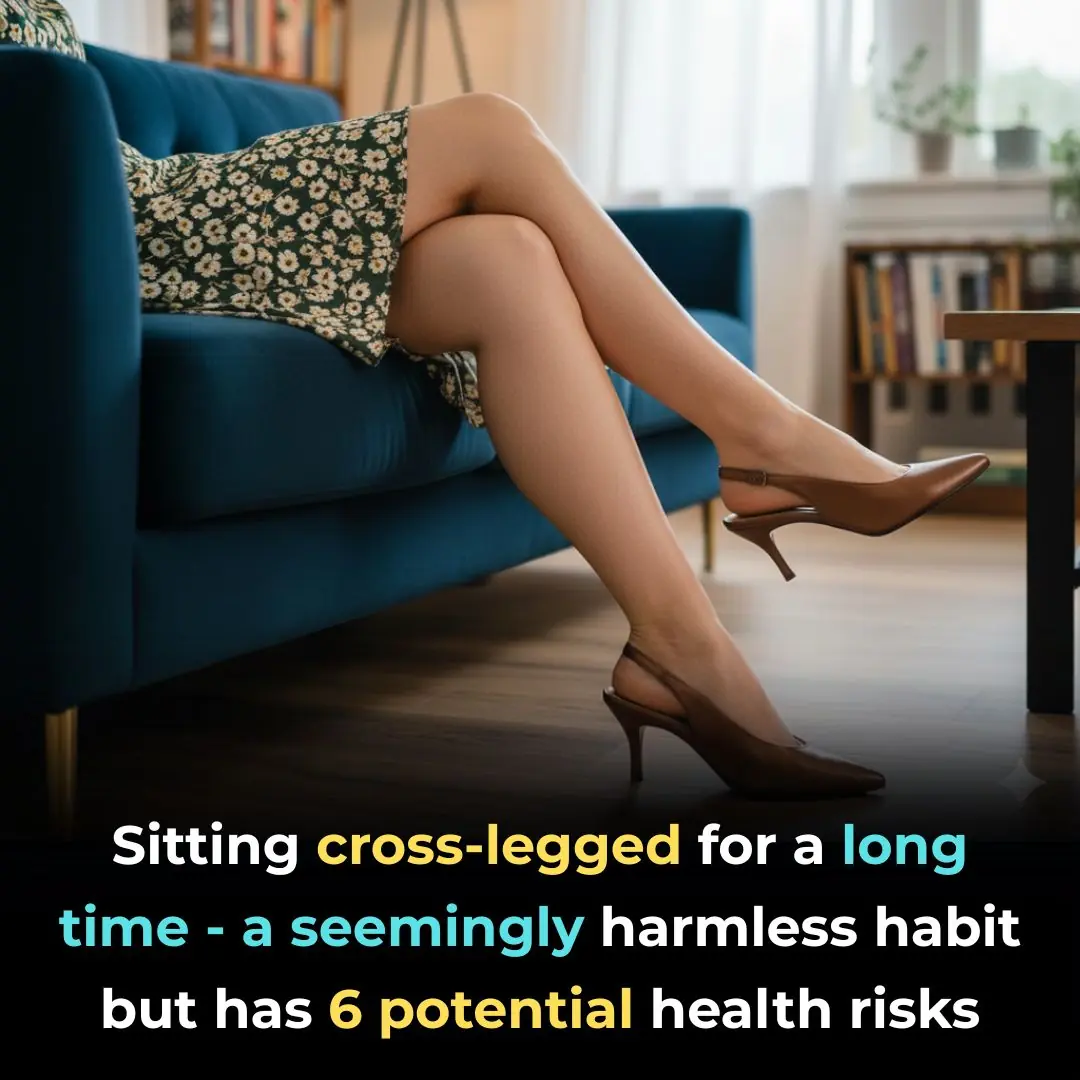
Sitting cross-legged for a long time - a seemingly harmless habit but has 6 potential health risks
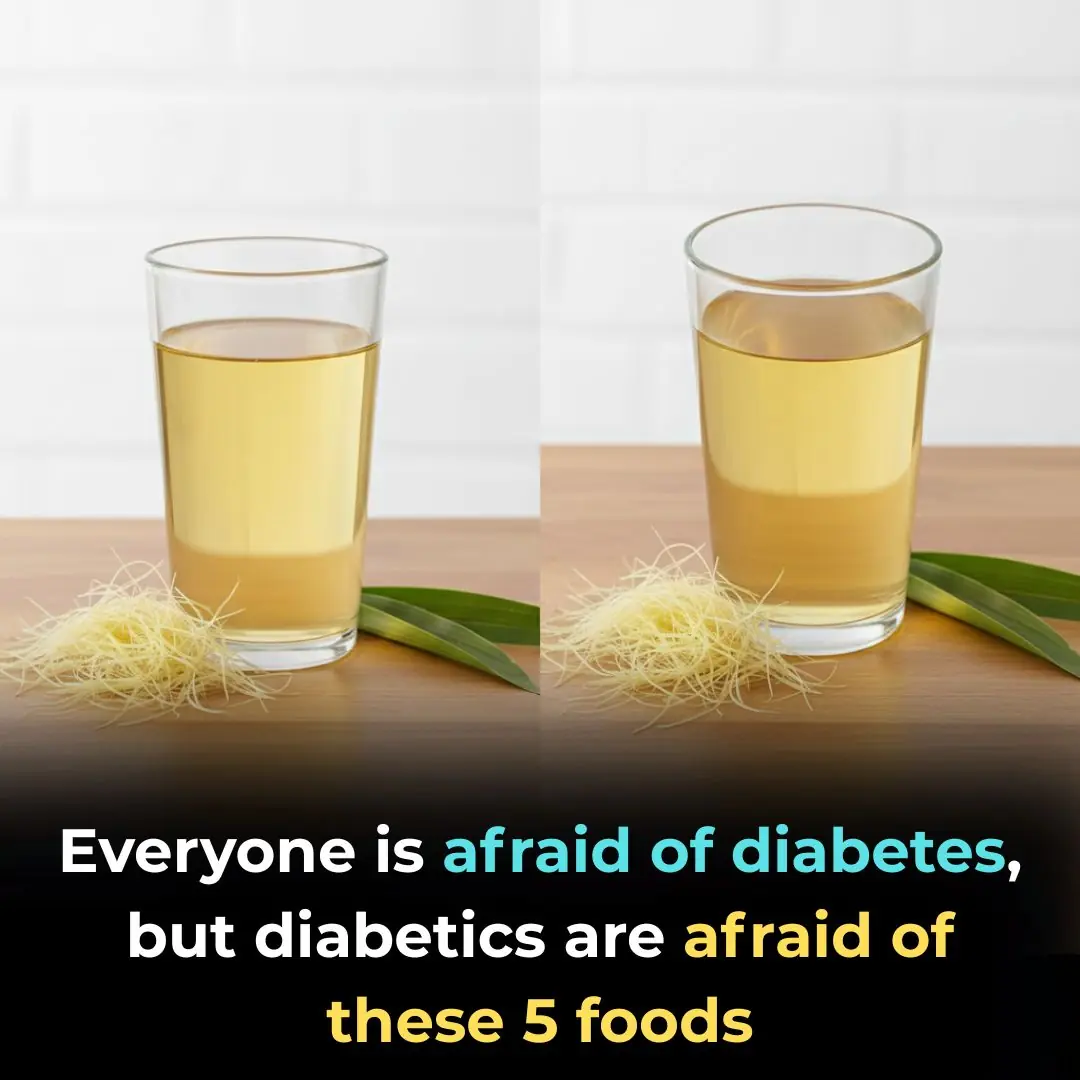
Everyone is afraid of diabetes, but diabetics are afraid of these 5 foods
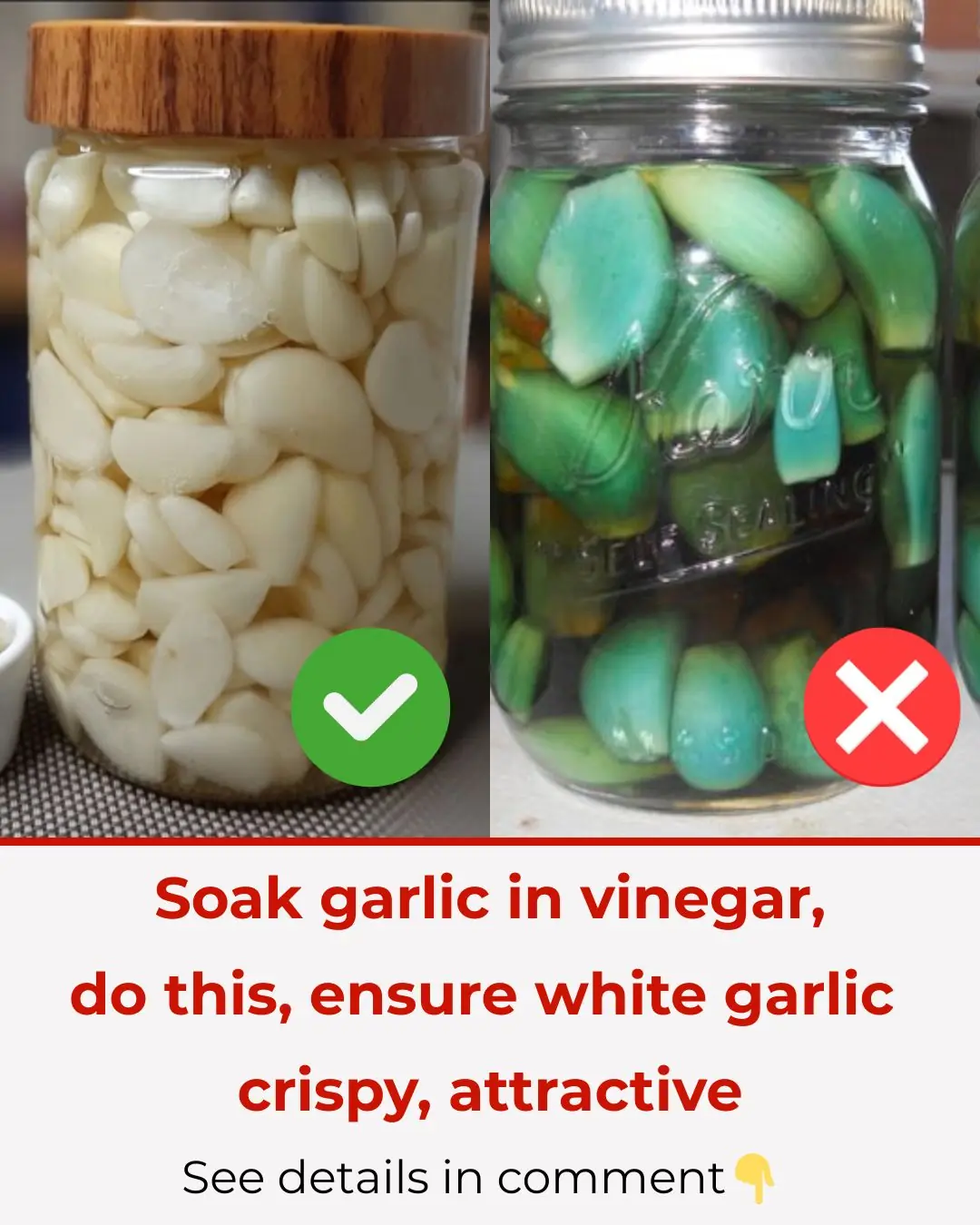
Soak garlic in vinegar, do this, ensure white garlic crispy, attractive
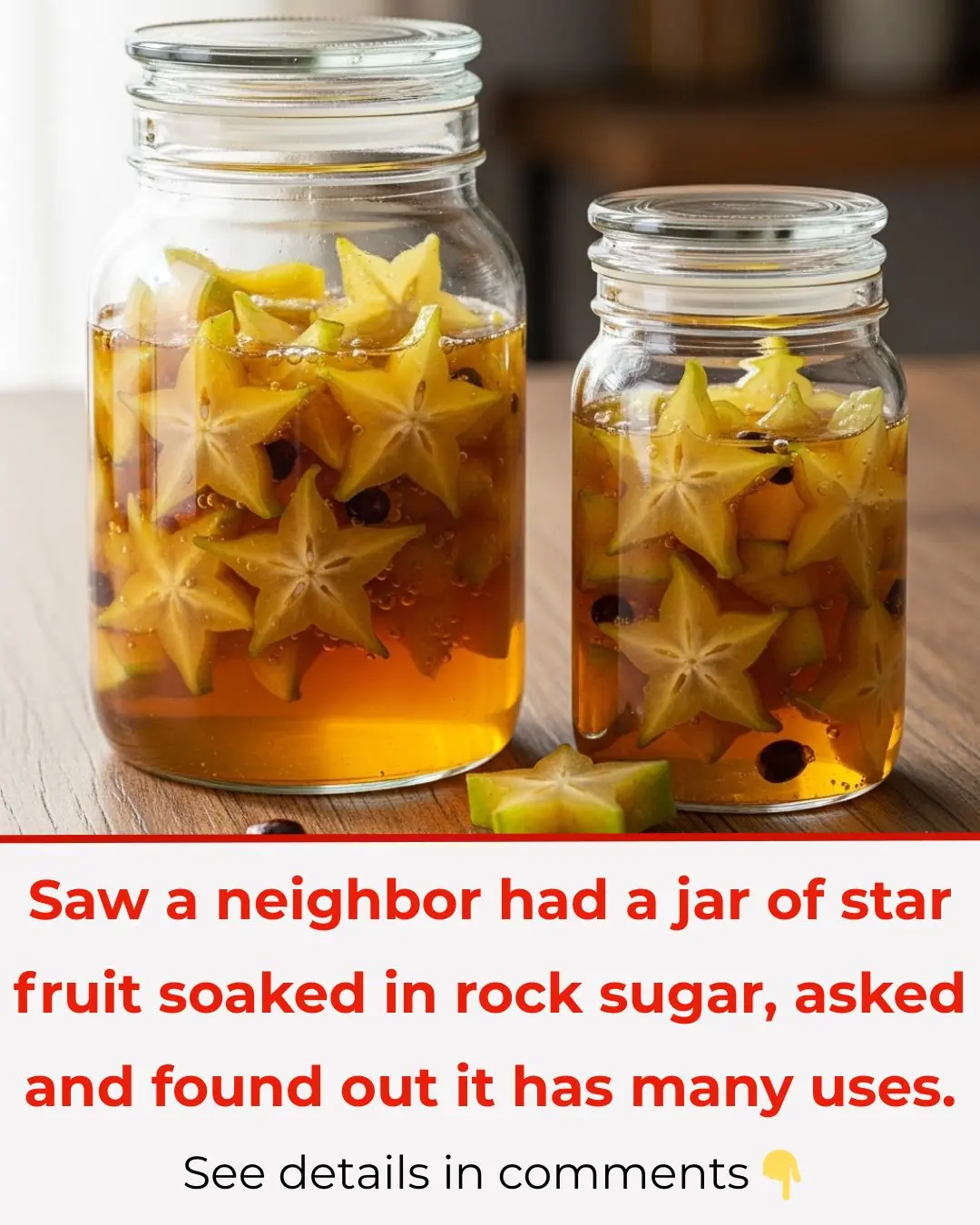
Saw a neighbor had a jar of star fruit soaked in rock sugar, asked and found out it has many uses.
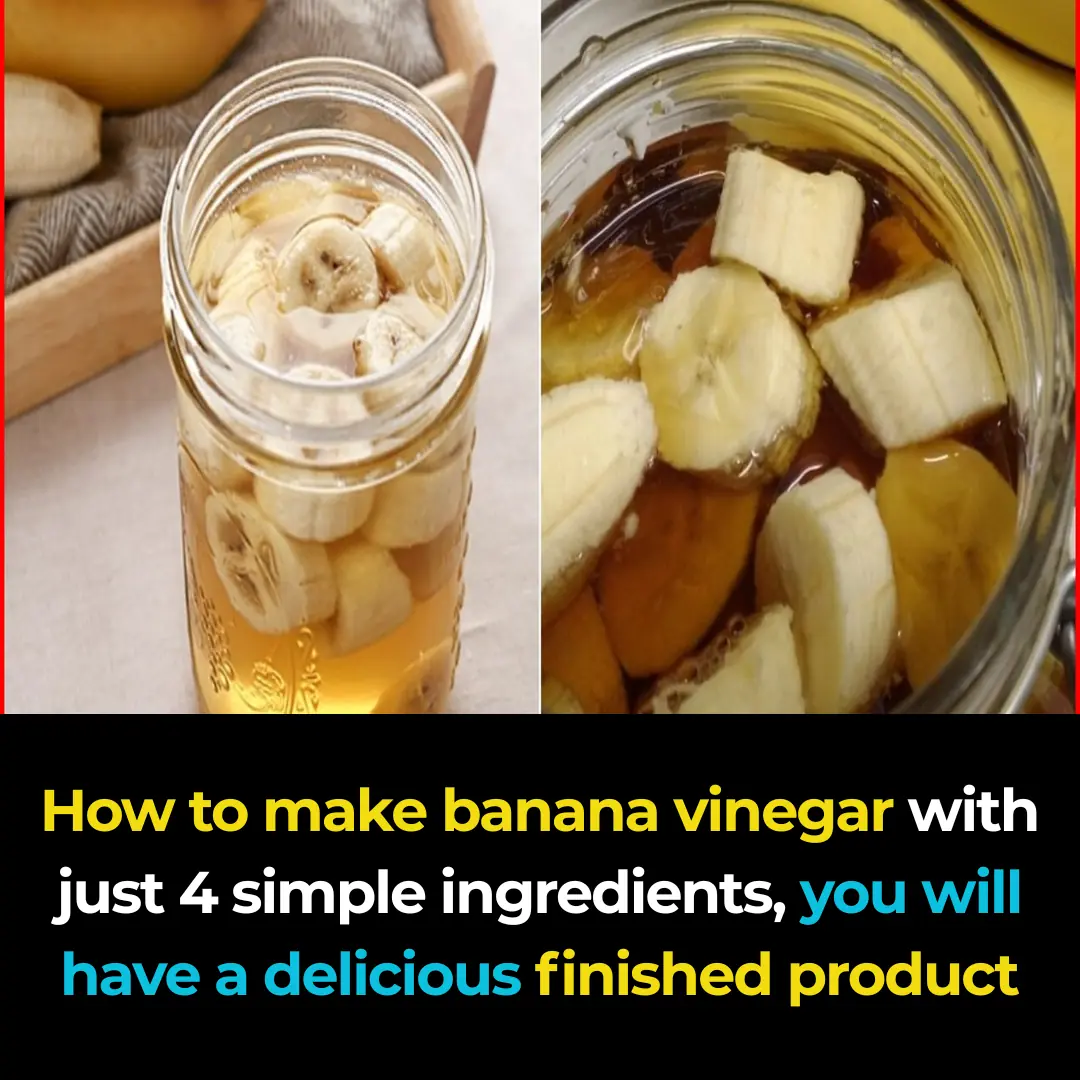
How to make banana vinegar with just 4 simple ingredients, and enjoy the delicious final product.
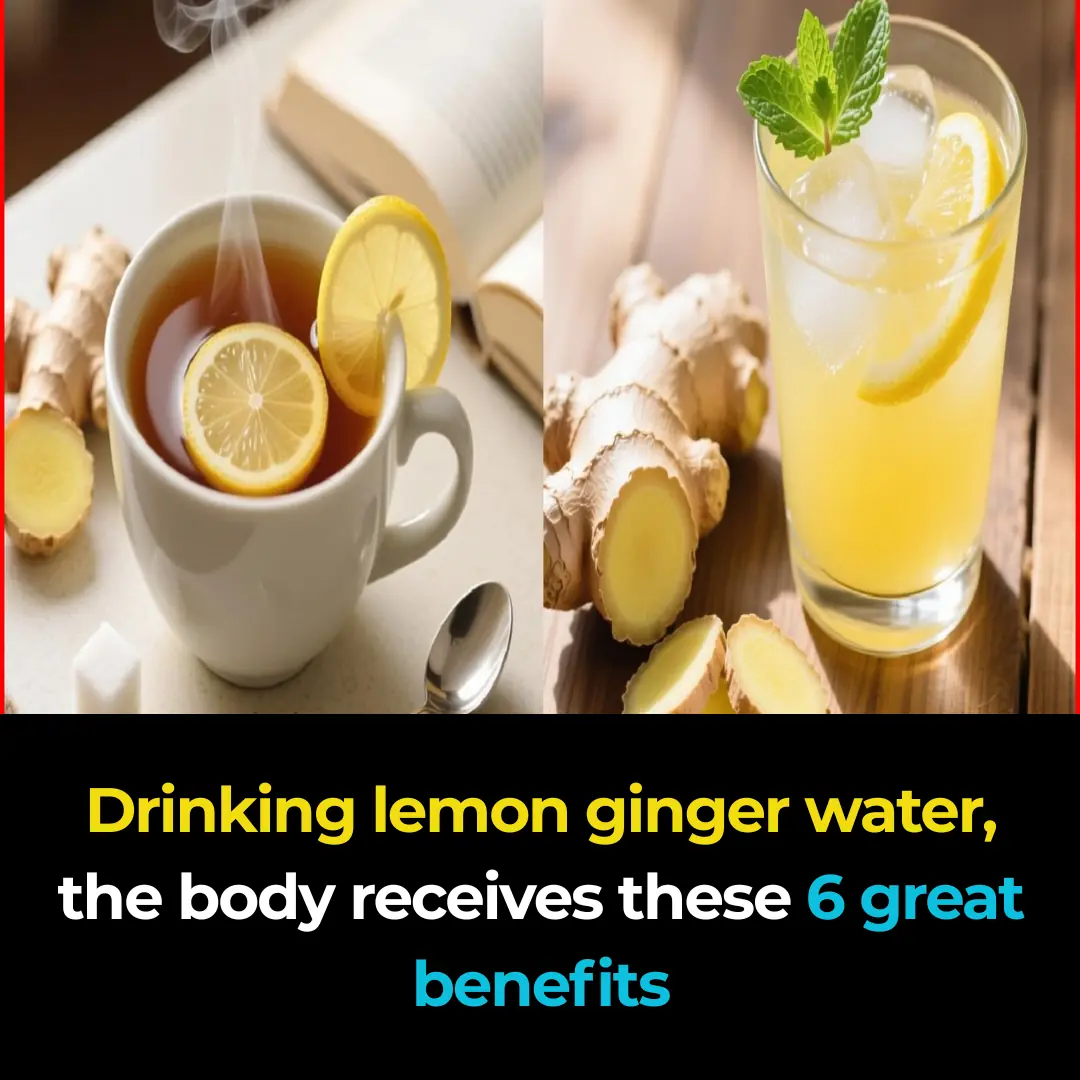
Drinking lemon ginger water provides these 6 amazing benefits for your body
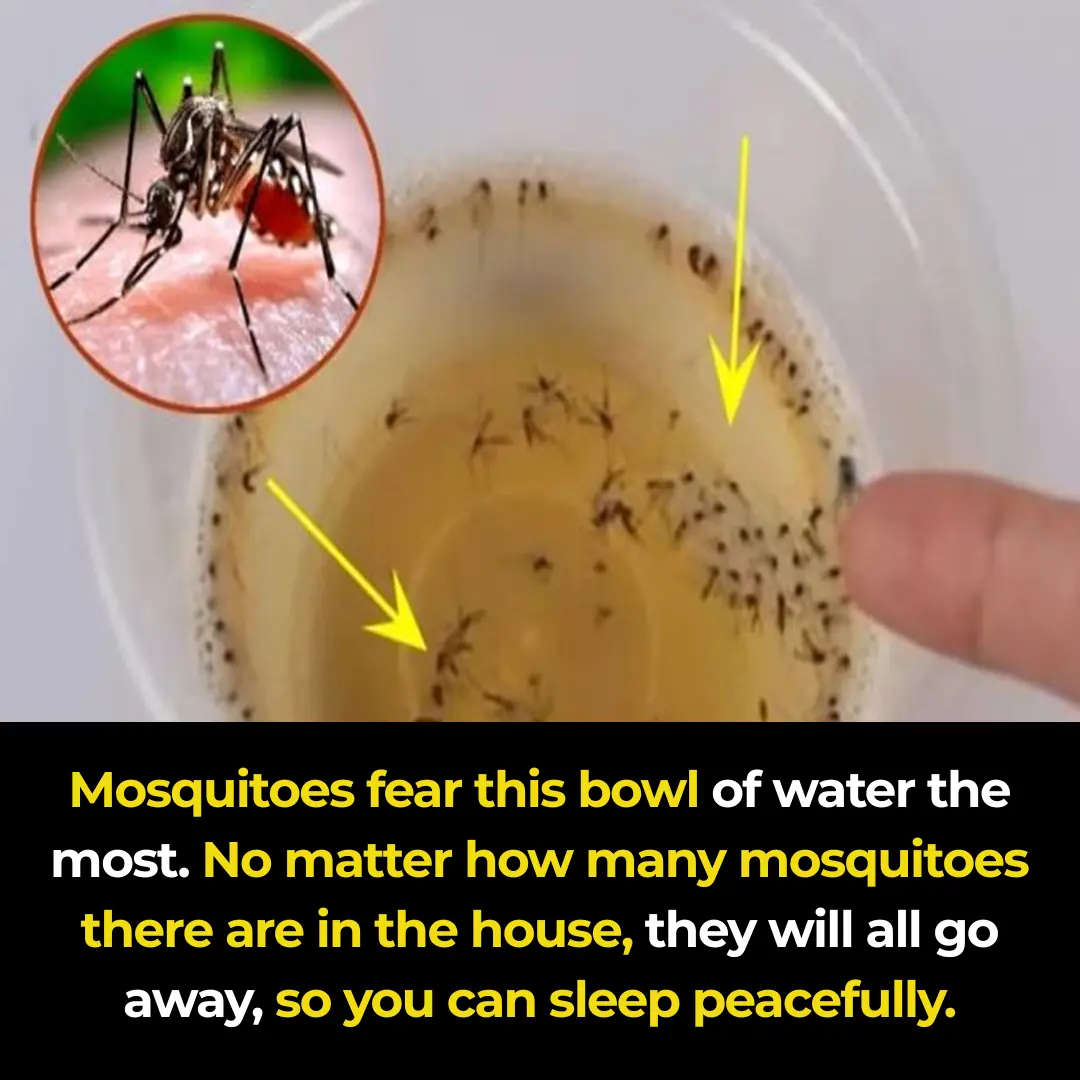
Mosquitoes are most afraid of this bowl of water. Place it in your house, and no matter how many mosquitoes there are, they will all be gone. Sleep peacefully!
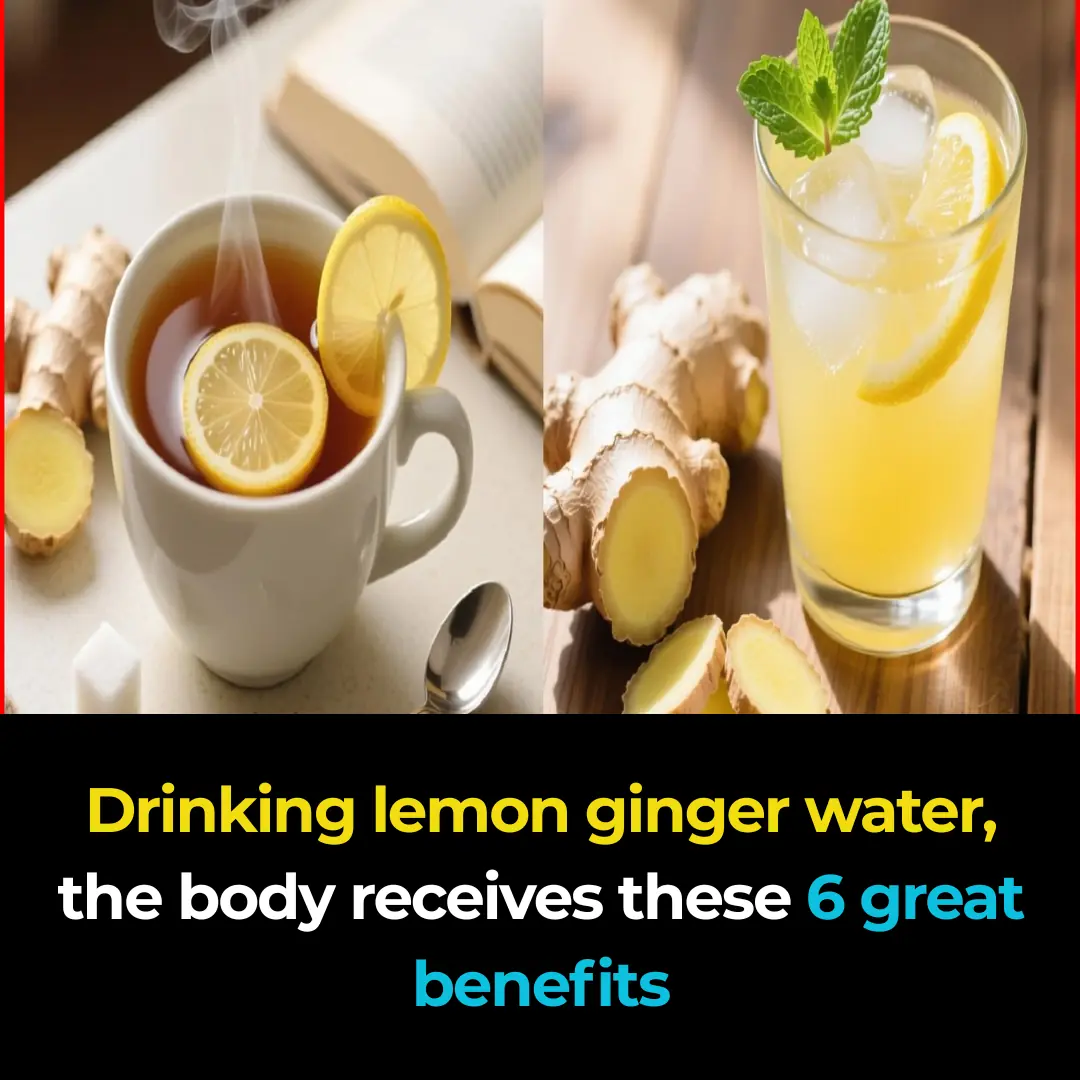
Drinking lemon ginger water provides these 6 amazing benefits for your body.
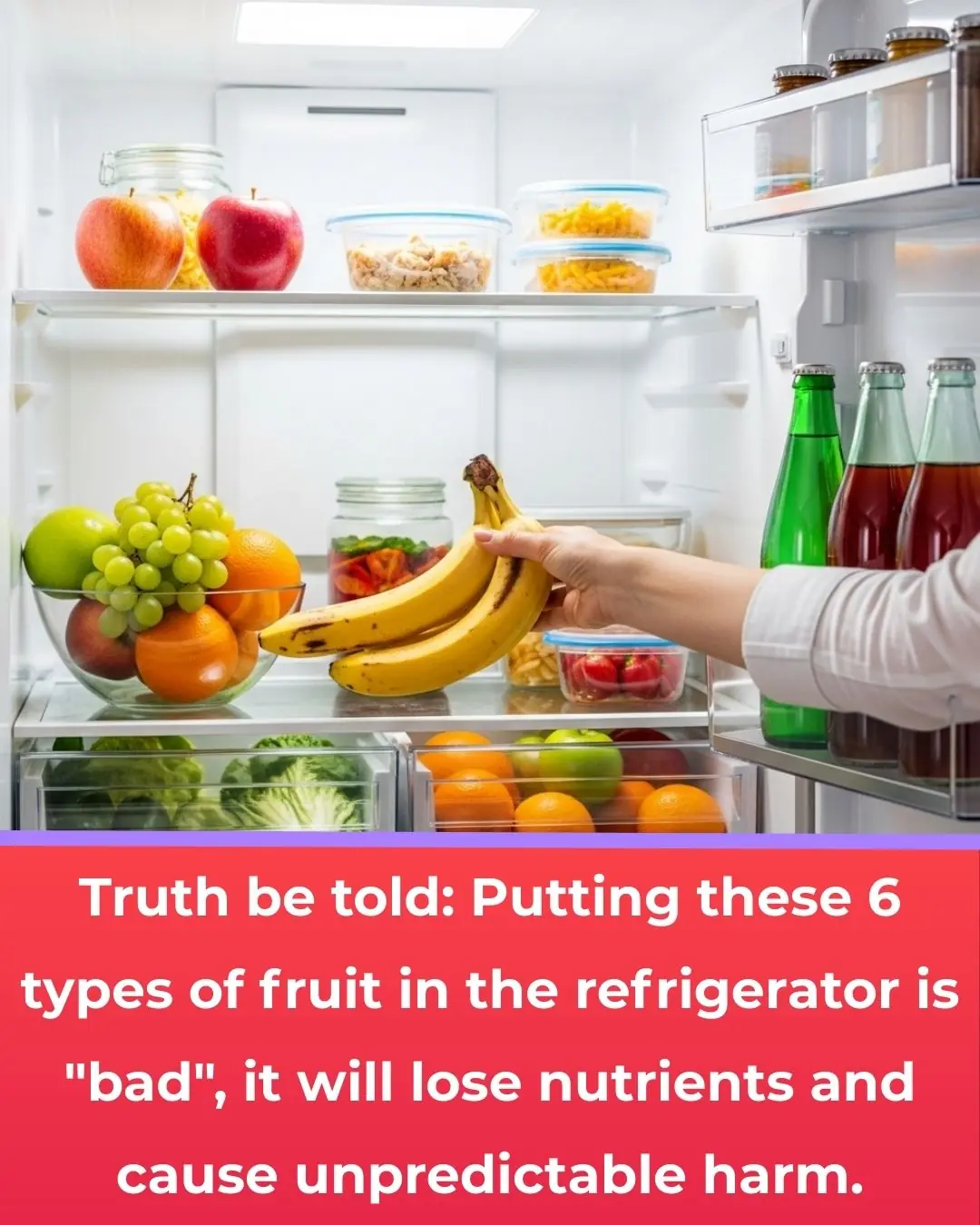
Store these 6 types of fruits in the refrigerator and it's "toang"
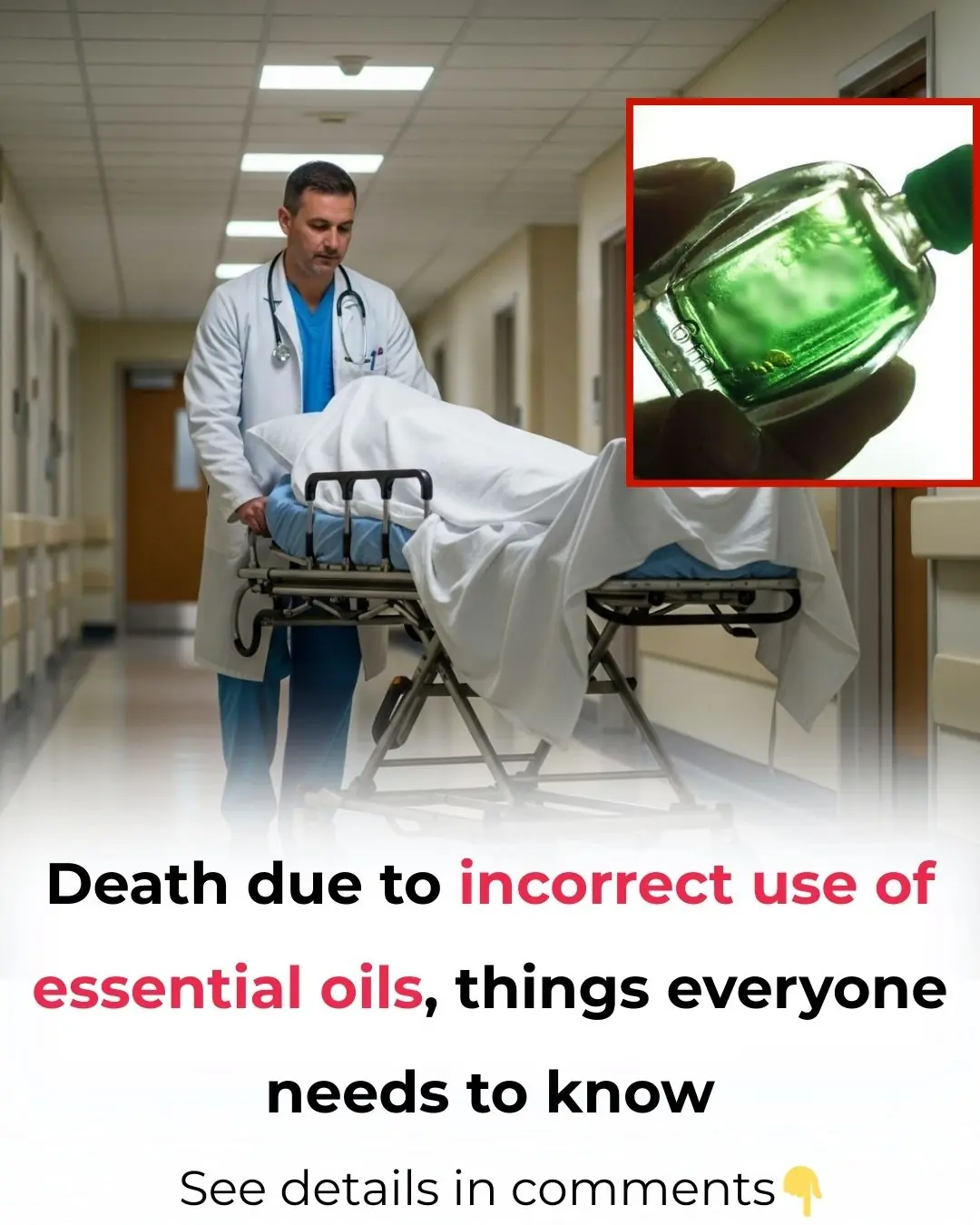
Lost life due to a major mistake in using medicated oil
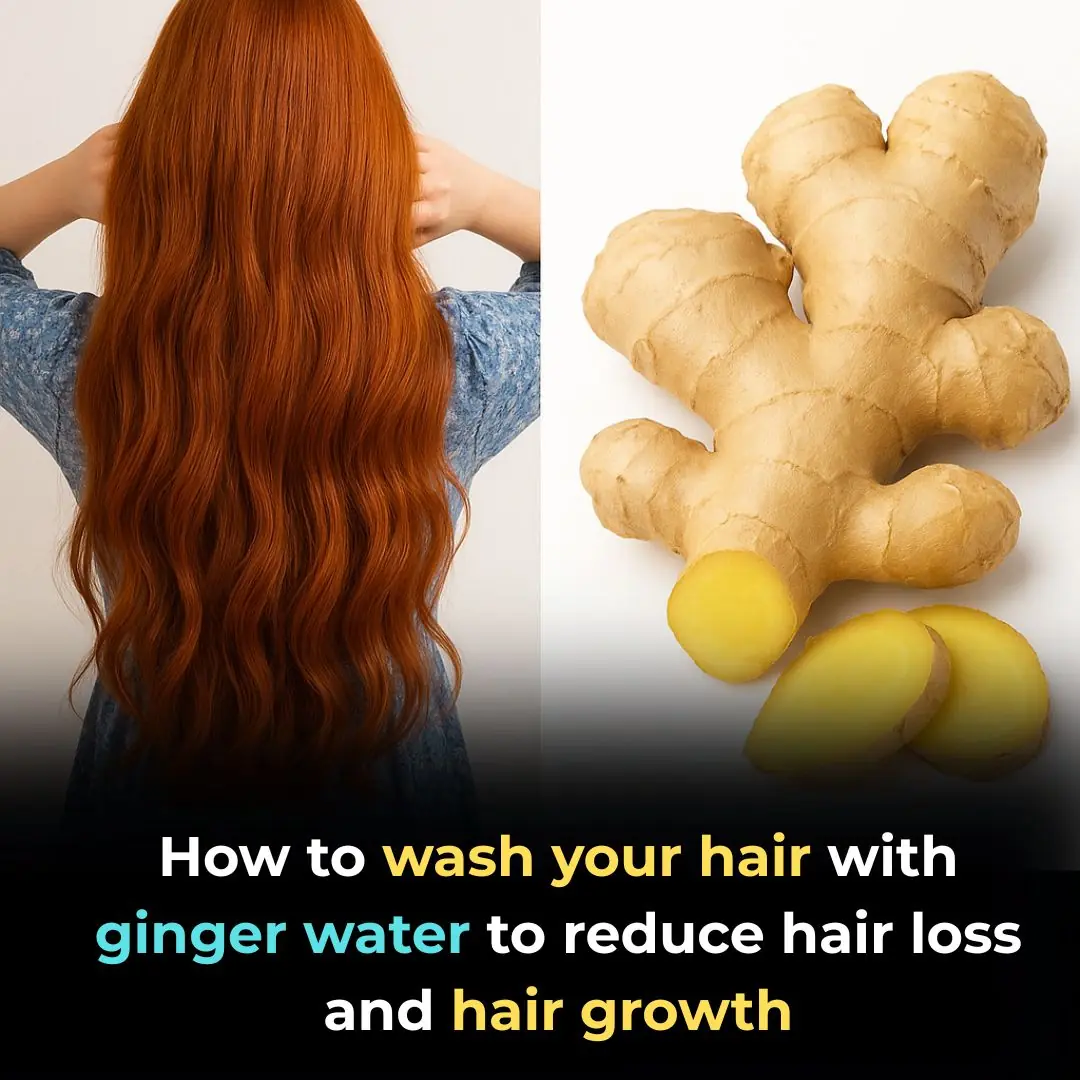
How to wash your hair with ginger water to reduce hair loss and hair growth

8 ways to get rid of motion sickness instantly without medicine: Travel long distances and still be healthy
News Post

Treat premature gray hair with this cheap black hair dye recipe using star fruit and potatoes!

Herbs help prevent cancer, have 1 plant and the whole family will be healthy

Elon Musk's bizarre four-word post leaves people deeply unsettled

Legal expert on bone-chilling moment he realized ChatGPT could replace him

6-year-old son just woke up having a stroke, the doctor emphasizes 4 signs parents need to understand to save their child

Mix white salt with shampoo: Great benefits for hair that both men and women enjoy

There are a lot of mosquitoes, put this bowl of water in the room, no matter how many mosquitoes there are, they will fly away and sleep well all night

No need for medicine, 4 popular dishes in the kitchen help reduce coughs and relax the lungs extremely effectively

Why does the refrigerator freeze? If not handled immediately, electricity bills will skyrocket

Sitting cross-legged for a long time - a seemingly harmless habit but has 6 potential health risks

Everyone is afraid of diabetes, but diabetics are afraid of these 5 foods
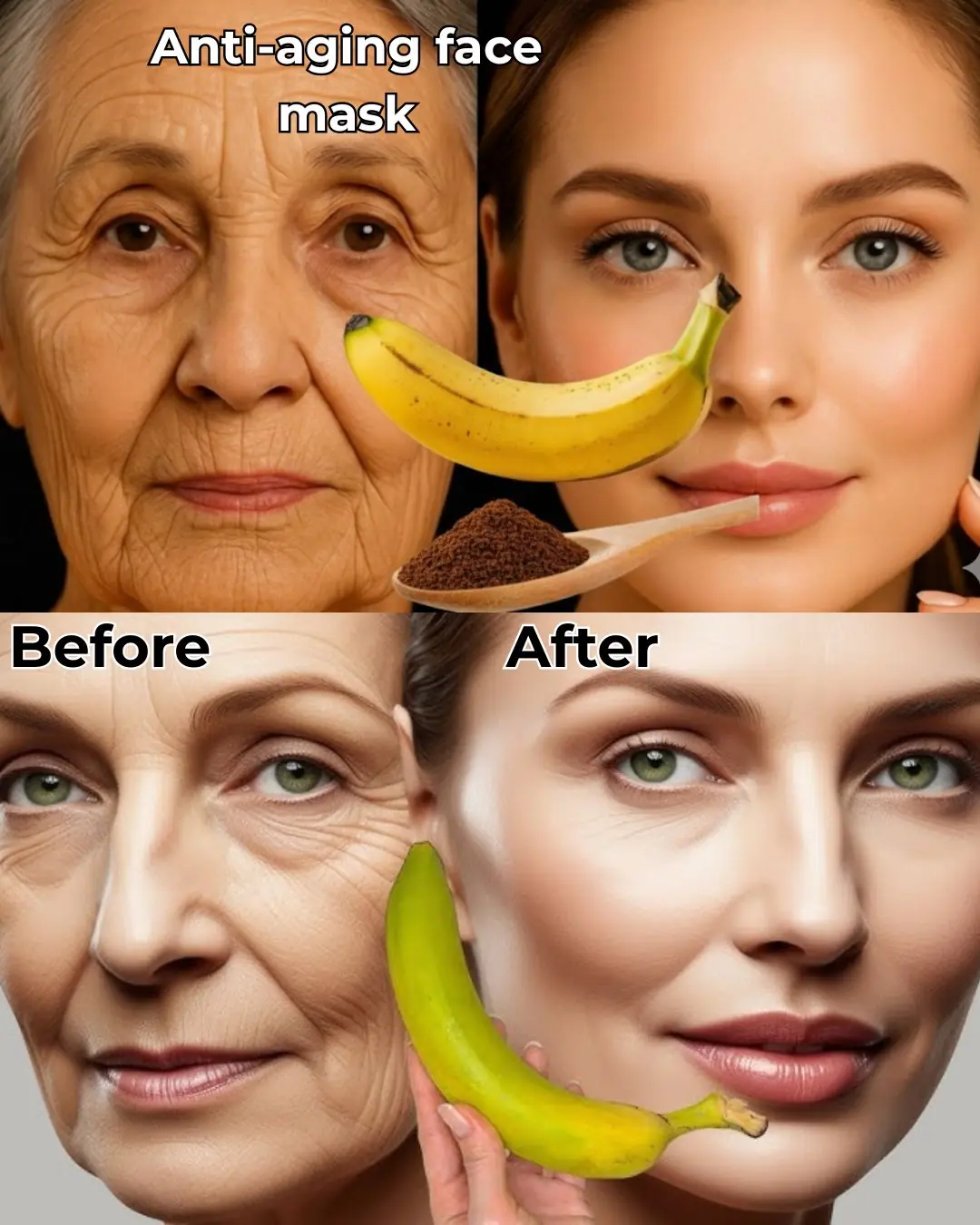
Banana & Coffee Anti-Aging Face Mask | Remove Wrinkles Naturally at Home!
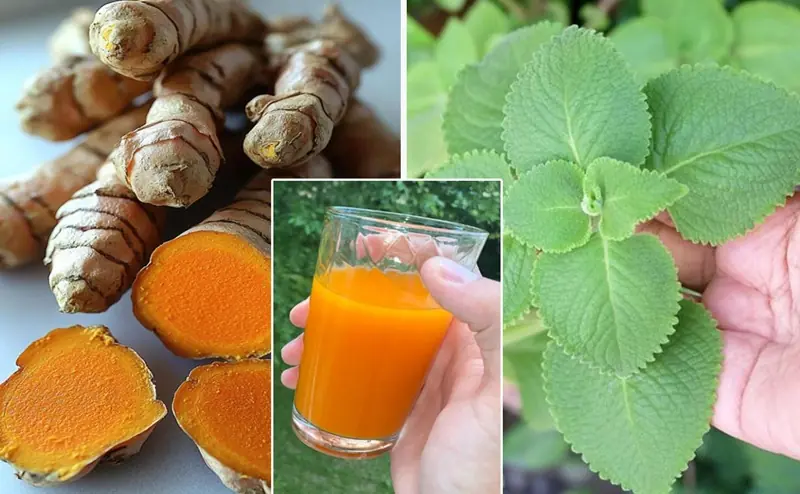
Turmeric, Cuban Oregano, and Banana Drink: Natural Remedy for High Blood Pressure, Diabetes, and Poor Circulation
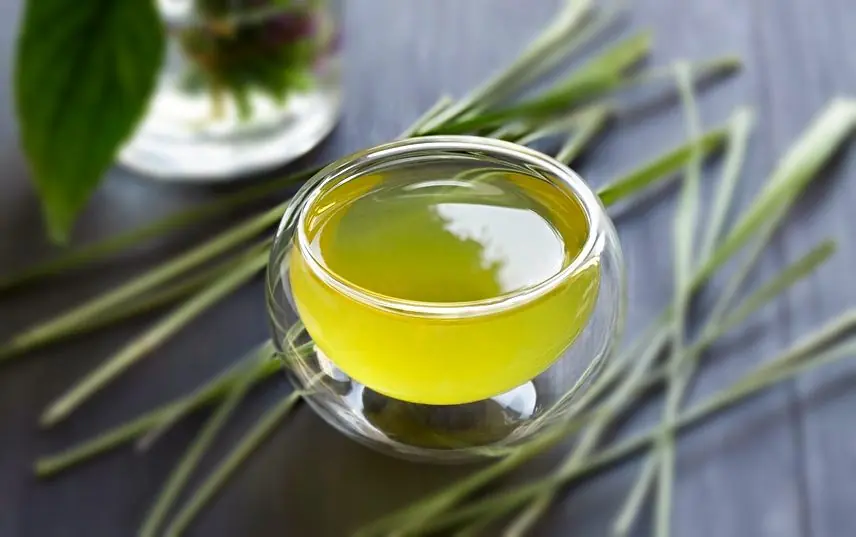
12 Thick Eyebrow Growth Home Remedies – Eyebrow Growth Oil & Serum
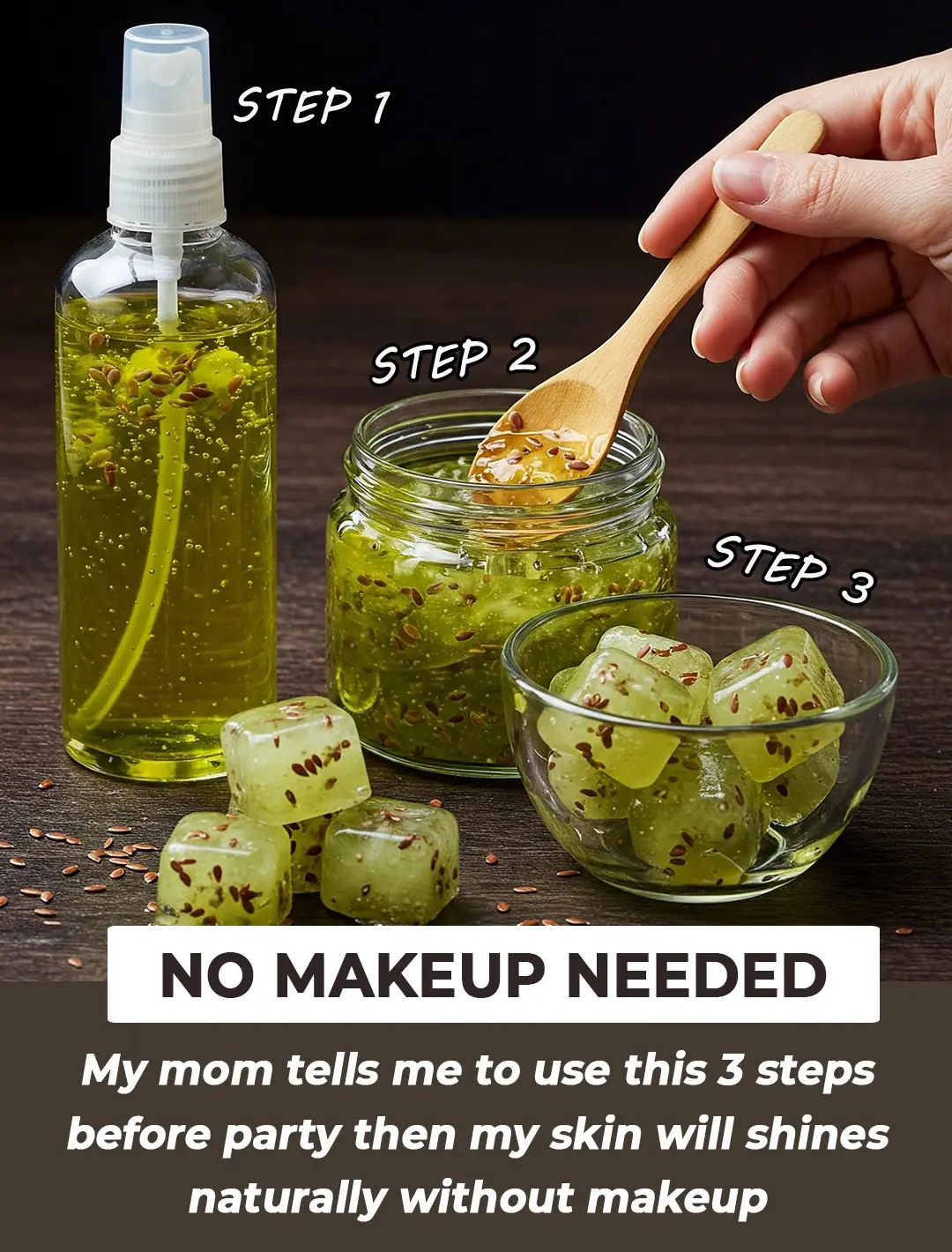
Revitalize Your Skin with These 4 Green Tea Beauty Rituals
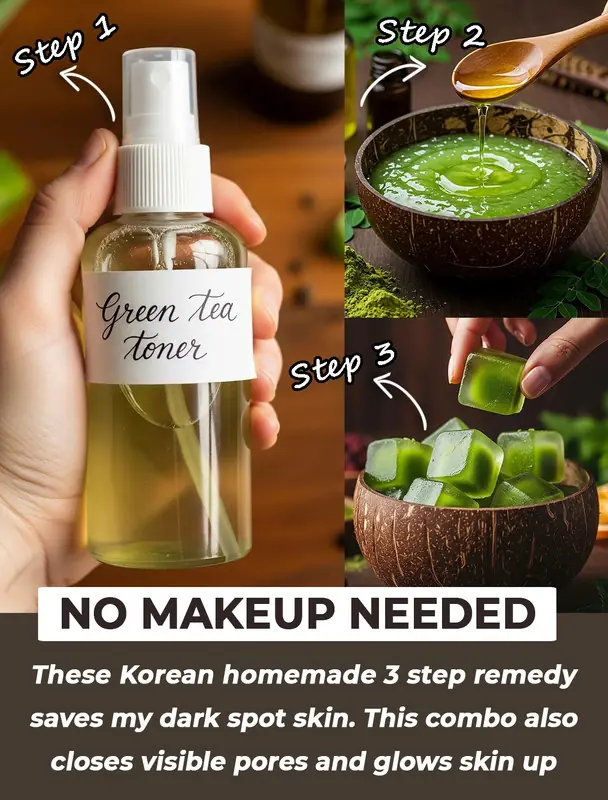
Green Tea For Beautiful Skin: Get Glowing Skin, Remove Dark Spots & Shrink Large Pores
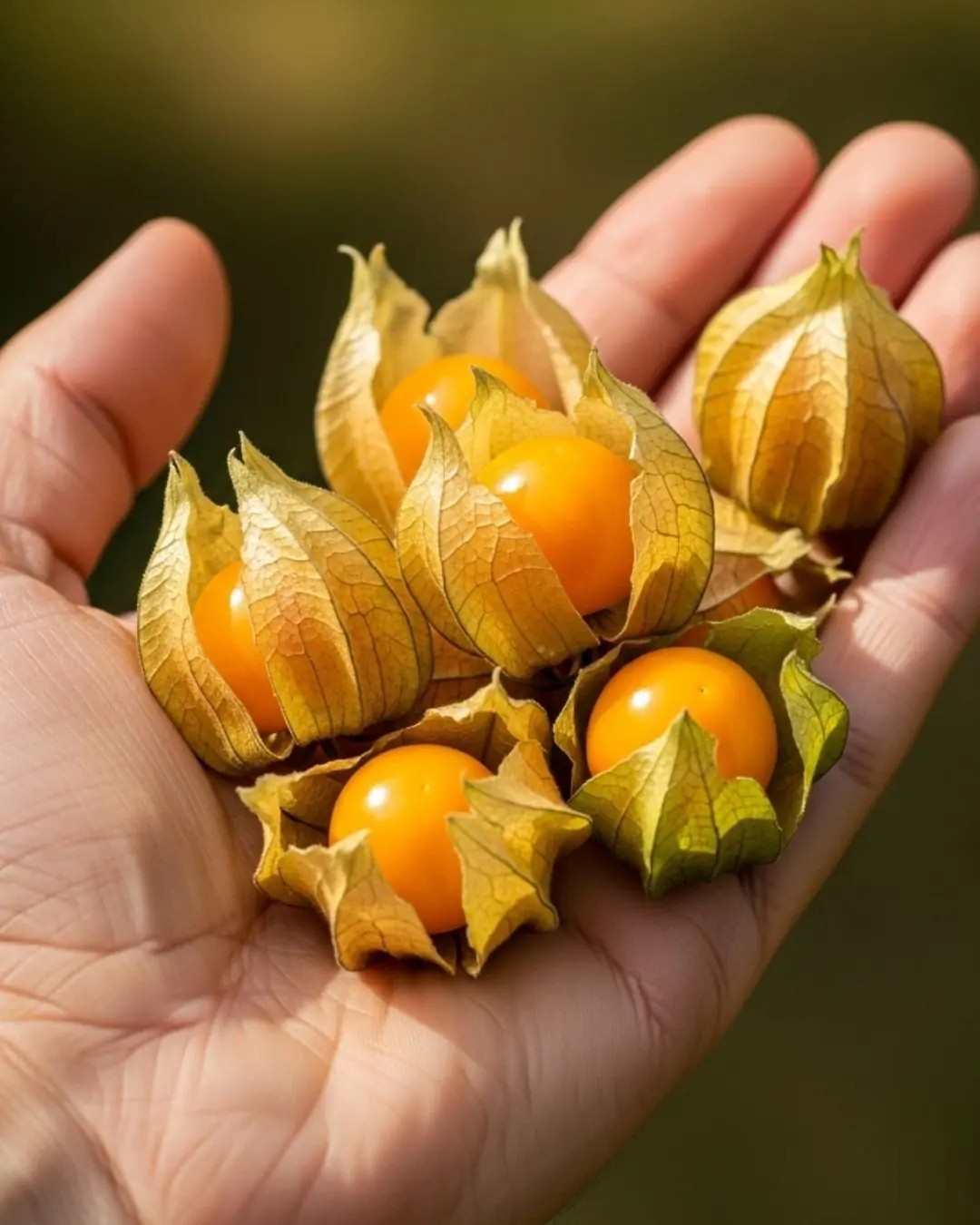
Goldenberry: 17 Powerful Health Benefits for Older Adults.

7 Natural Home Remedies To Remove Skin Tags
